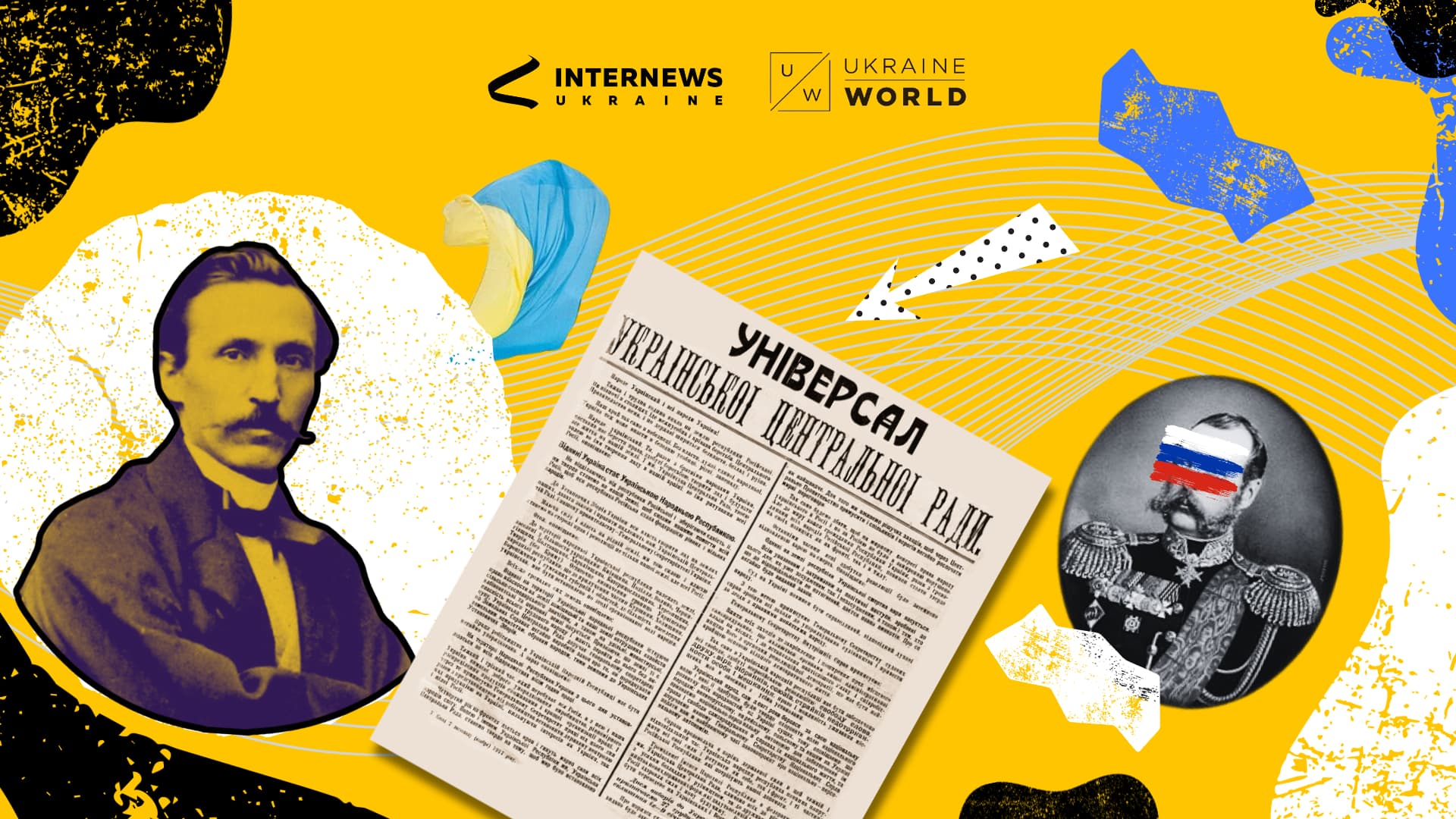
Here are 8 focal points to remember about its development.
The Cyrylo-Methodian Brotherhood and its members, Mykola Kostomarov, Panteleymon Kulish, and Taras Shevchenko, made the first attempt to mobilize Ukrainian intellectuals for political action in 1846.
The Brotherhood was the first to devise a broad political programme for the Ukrainian national liberation movement, with the goal of unification and the overthrow of Russia’s tsarism.
This compelled some Ukrainian activists to emigrate to Western Europe. Among them, Mykhailo Drahomanov, a proponent of democratic socialism with a strong national dimension, who saw unification through the awakening of all social strata of Ukrainians
, regardless of their social status.
For example, Vyacheslav Lypynskyi (1882-1931) advocated a constitutional monarchy that would elevate the Ukrainian aristocracy, led by a Hetman, and prevent abuse of power, whereas the Hromada's founder, Volodymyr Antonovych (1834-1908) saw national unification through bridging the gap between intellectuals and the peasants.
educational campaigns to raise civic awareness.
For example, Ukrainian writers and intellectuals Mykhailo Pavlyk and Ivan Franko, attempted to appeal to the idea of uniting Ukrainians by launching an awareness campaign in Ukraine, which was under the influence of the Russian and Austrian Empires.
Thus, the Ukrainians under Austrian rule became aware of the works of Lesya Ukrayinka and Panas Myrnyy, while the Ukrainians under the Russian Empire were able to read the works of intellectuals from the Western parts of Ukraine, such as Vasyl Stefanyk and Markiyan Shashkevych.
anti-colonial struggle of the enslaved Ukrainian nation against the Russian metropolis.
At the same time, he opposed "national chauvinism". The Ukrainian People's Republic was a form of statehood whose borders coincided with modern Ukraine’s eastern and northern borders, extending to the Buh River in the west.
It was proclaimed after the fall of Tsarist Russia and ceased to exist at the end of November 1920, when the Red Army captured its territory.
"Integral" nationalism developed by Dmytro Dontsov meant that all spheres of public life should be imbued with nationalism.
Dontsov did not divide nations into "superior" and "inferior", but instead saw the nation as the ultimate goal in achieving an independent state and Russia as the greatest threat to Ukraine's sovereignty.
opposition to Russification passed into the hands of dissidents.
The dissident movement in the 1960s-1980s was a reaction to the curtailment of de-Stalinisation, the oppression of national expression, and persecution for freedom of conscience and speech.
The struggle for national emancipation and human rights was carried out in a variety of ways: from intellectual resistance through samvydav (selfpublishing) criticising Soviet crimes ("Internationalism or Russification?" by Ivan Dziuba, "Ethnocide of Ukrainians in the USSR" by Stepan Khmara, etc.) to cultural initiatives (the activity of Ivan Honchar, Alla Horska, etc. in the creation of unofficial museums and libraries that were not controlled by the authorities).
In its recent history, Ukrainian national movements have attempted to combine the agenda of national emancipation with the liberal agenda of protecting individual rights of citizens.
The affirmation of this idea continues to be carried out through the struggle for sovereignty and independence for the tenth year of Russo-Ukrainian war in a row of centuries-long rivalry.
Putin appears to be thinking in terms of a bygone XX century, that of Hitler or Mussolini, in which ethnic communality defined political loyalty.
But in Ukraine, he faces an opponent who is fully in tune with the trends of the twenty-first century.
And that is the root of Putin’s confusion. The state in which the people can rally around Mustafa Nayem (activist Mustafa Nayem posted a call on Facebook to strike against Yanukovych’s government at Maidan Square in Kyiv), Serhii Nihoian (the first activist who was fatally shot during the Revolution of Dignity in 2014), or Moshe Reuven Asman (Chief Rabbi of Ukraine who volunteers on the frontline) represents a challenge that the Russian political elites simply cannot comprehend.
This is the challenge of open liberal nationalism.
